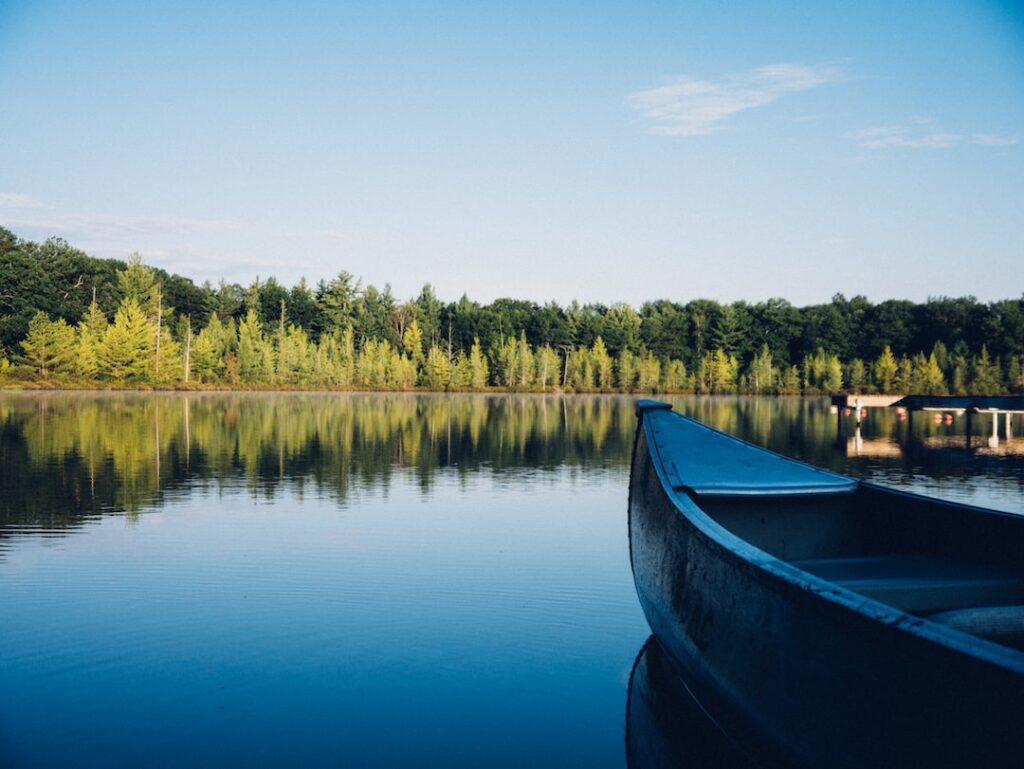Conquering Lake Weeds: Your Ultimate Guide
Are you tired of trying to relax by the lake, only to find it overrun with annoying and unsightly weeds? You’re not alone! Lake weeds can quickly take over a once-beautiful waterfront, leaving you feeling frustrated and defeated. But fear not, because I’m here to arm you with the knowledge and techniques you need to take back your lake and enjoy it to the fullest.
Understanding the Impact of Lake Weeds
Before we dive into the strategies for getting rid of lake weeds, let’s take a moment to understand just how pervasive and problematic these aquatic invaders can be. Did you know that in some regions, the spread of unwanted aquatic vegetation has been estimated to cost millions of dollars annually in control and clean-up efforts? It’s also alarming to learn that excessive weed growth can lead to a decrease in oxygen levels, which can harm fish and other aquatic animals. Additionally, these weeds can clog waterways, making boating and swimming unpleasant or even impossible.
Identifying Common Lake Weeds
One of the first steps in managing lake weeds is being able to identify the different types you might encounter. Some of the most common lake weeds include Eurasian watermilfoil, hydrilla, and curly-leaf pondweed. Each of these has its own unique characteristics and growth patterns, which can impact the approach you take in dealing with them.
Eurasian Watermilfoil
– Feathery underwater leaves
– Can form dense mats near the water’s surface
Hydrilla
– Forms dense underwater stands
– Small, pointed leaves arranged in whorls around the stem
Curly-Leaf Pondweed
– Wavy, serrated leaves
– Commonly seen in shallow, nutrient-rich waters
Strategies for Tackling Lake Weeds
Now that we’ve established the impact and identified the common culprits, let’s explore some effective strategies for tackling lake weeds.
Manual Removal
One of the simplest methods for dealing with lake weeds is manual removal. This can involve physically pulling the weeds out by hand, raking them, or using tools specifically designed for weed removal.
Biological Control
Introducing natural weed-eating organisms, such as certain species of fish or insects, can be an environmentally friendly way to manage lake weeds. Just be sure to research and consult with experts before introducing any new species to your ecosystem.
Herbicides
For more stubborn weed infestations, herbicides can be an effective solution. However, it’s crucial to use herbicides carefully and responsibly to avoid harming other plants and wildlife in the area.
How to Keep Lake Weeds at Bay
Prevention is often the best form of control when it comes to lake weeds. Here are a few proactive measures you can take to keep them from taking over your waterfront property.
Regular Maintenance
Regularly removing any weeds that do appear can help prevent them from spreading and becoming more difficult to manage.
Managing Nutrient Levels
Since many lake weeds thrive in nutrient-rich environments, managing nutrient levels in the water can help deter their growth. This can involve reducing fertilizer use on nearby lawns and gardens and employing methods to prevent soil erosion.
Physical Barriers
Installing physical barriers, such as underwater screens or mats, can help block sunlight and prevent the growth of lake weeds in specific areas.
Bringing it Home: Applying What You’ve Learned
Now that you’re armed with a better understanding of lake weeds and how to manage them, it’s time to put that knowledge into action. Whether you own lakefront property or simply enjoy spending time by the water, here are some practical steps you can take to apply what you’ve learned:
1. Regular Inspections: Take regular walks along the shoreline to spot any early signs of weed growth.
2. Education and Outreach: Share your newfound knowledge with friends and neighbors to collectively keep your community’s waterways weed-free.
3. Eco-Friendly Practices: Be mindful of the products you use in your yard or garden, as excess nutrients can contribute to weed growth in nearby bodies of water.
In Conclusion
Managing lake weeds may seem like a daunting task, but armed with the right information and strategies, it’s a challenge that can be overcome. By understanding the impact of lake weeds, identifying common varieties, implementing effective management strategies, and taking proactive measures, you can reclaim the beauty and enjoyment of your waterfront property. So, put on your gloves, grab your tools, and get ready to bid those pesky lake weeds farewell!













